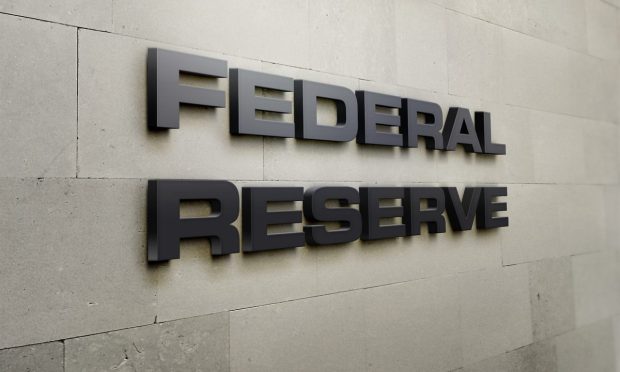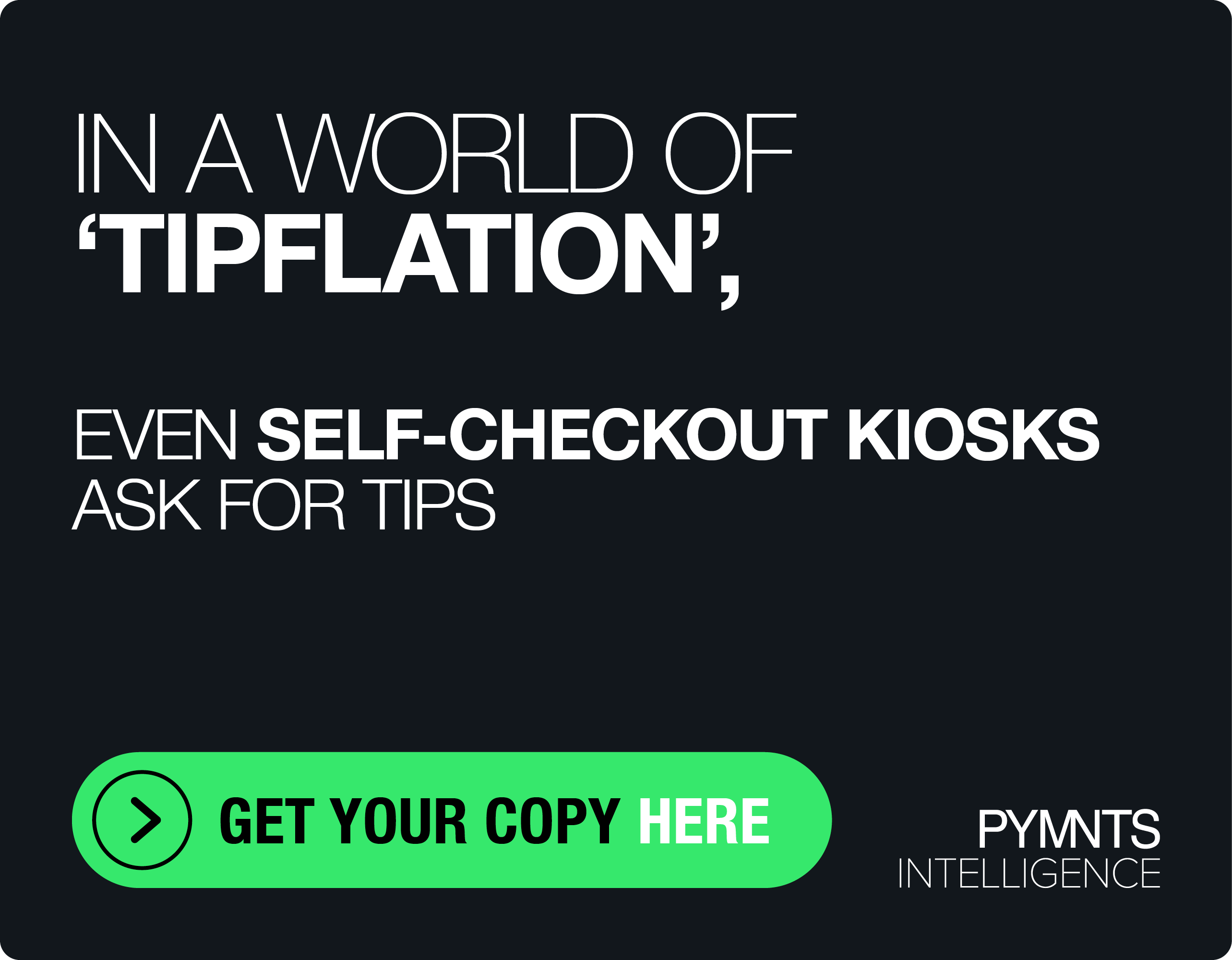Fed Data Reinforces BNPL’s Appeal for Consumers Across the Income Spectrum

Back in June, PYMNTS Intelligence crystallized the fact that buy now, pay later (BNPL) payment options were gaining notice and demand from a wide swath of consumers across all tiers of household income and for a broad range of purchases, from small, everyday staples to large-ticket transactions.
The general trends were underscored most recently Wednesday (Feb. 14) via research and a blog post from the Federal Reserve Bank of New York.
Nearly Universal Appeal?
“[A]cross levels of financial stability, it is rare for people to use BNPL just once,” the Fed said in the post. “Indeed, about 72% of financially stable users and 89% of financially fragile users have made multiple BNPL purchases over the past 12 months.”
The Fed defined “financially fragile” consumers as those with credit scores below 620 and the rest as “financially stable.” About 60% of financially fragile consumers use the installment options as many as five times annually. Drill down a bit, and the Fed found that 23% of financially stable consumers use BNPL with the same frequency.
PYMNTS Intelligence found that roughly a third of consumers living paycheck to paycheck (whether or not they had issues paying their monthly bills) are frequent users of BNPL, and at least 25% to 29% of households earning up to $100,000 annually had used, or are using, BNPL.
Paying Over Time for Transactions Large and Small
“[M]ore-fragile households tend to use the service to make frequent, relatively small, purchases that they might have trouble affording otherwise,” the Fed said in the blog post, especially for purchases less than $250 — a threshold reported by 62% of the financially fragile households and about 44% of financially stable consumers — where paying over time is used for everyday items like groceries.
PYMNTS Intelligence found late last year that roughly 10% of consumers overall (which equates to more than half of BNPL users) opted to pay for groceries over time.
As to the large-ticket items, the Fed found that about 17% of financially stable BNPL users split up transactions over several payments for goods and services averaging between $1,750 and $2,000. PYMNTS Intelligence found that high earners are becoming among the heaviest users of BNPL plans, with purchases above the $2,000 level, especially for electronics and home furnishings.
The Fed noted that upon querying respondents about why they use BNPL, “the financially fragile are generally more likely to mention having poor credit, whereas the financially stable often mention that they’d like to avoid using their credit card.”
Here, too, PYMNTS Intelligence findings point to the attractions of sidestepping traditional credit cards or applying for them in the first place. Nineteen percent of BNPL users told PYMNTS they embrace installments to avoid hard credit checks that might otherwise hurt their credit scores; 27% noted the benefits of “low- or no-interest rate” features of BNPL.

